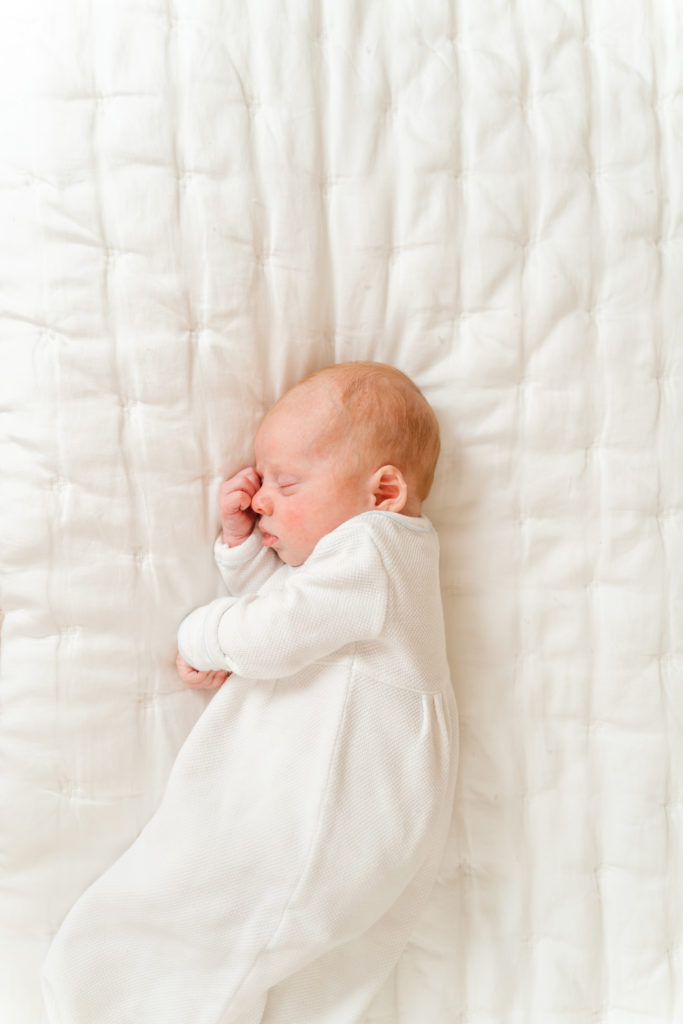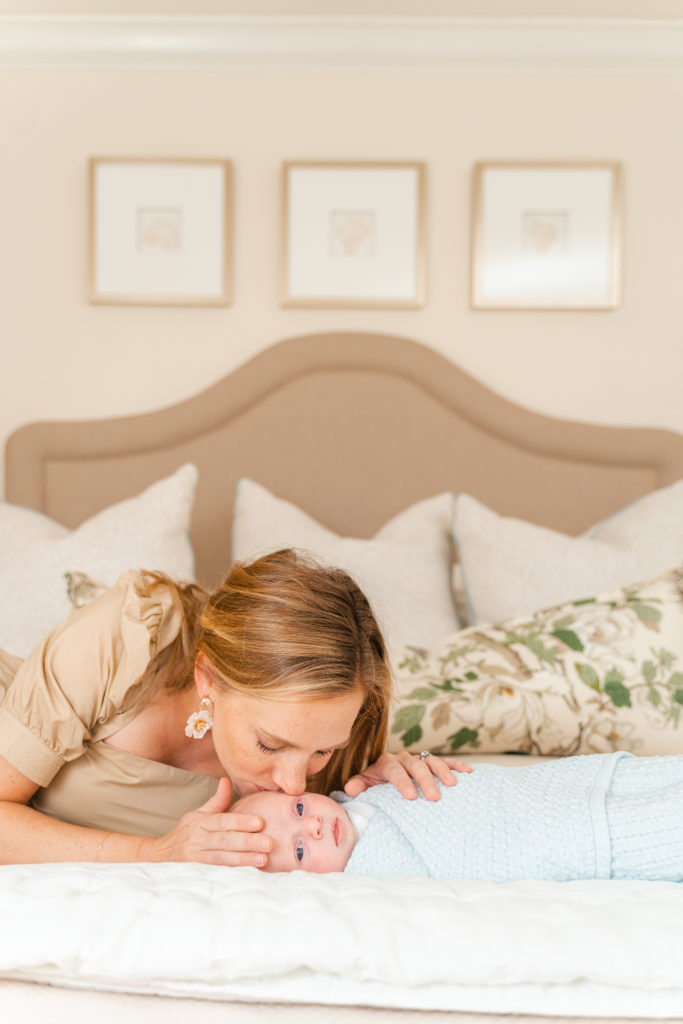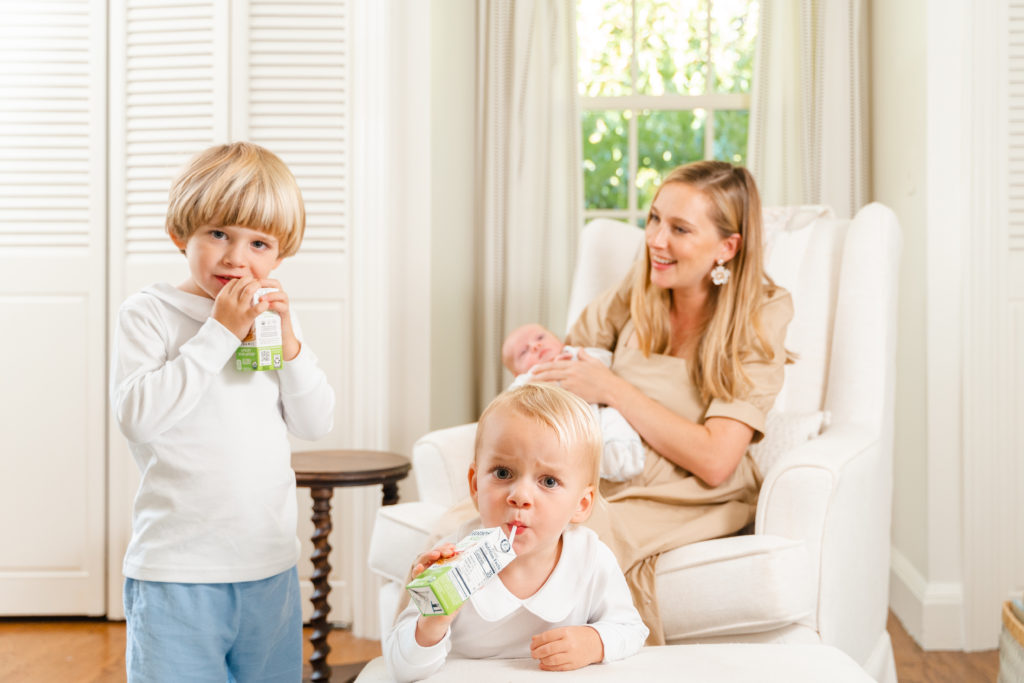In past posts in the No Fear Flash series, we’ve explored the ways adding a flash can affect each component of the exposure triangle. In this post I discuss the basics of flash power as a part of indoor flash photography settings. Each flash model is different, so I recommend examining the manual or doing a quick youtube search for tutorials about how to change settings on your exact model of flash.
This post contains affiliate links.



Flash Power
Traditionally, flash power is denoted by a fraction. I use Godox flashes (Affiliate link to my flash: https://amzn.to/3JPPvcq), which are set up in this manner. (Note: I believe Profoto flashes use their own number scale.) To trigger a flash at full power, set it to 1/1. A setting of 1/2 represents half power, a setting of 1/4 represents a quarter power and so on.
Do you know what else affects the brightness or power of your flash? How close that flash sits in relation to the subject changes the strength. Indeed, sometimes increasing the “power” of your flash simply requires moving it closer to your subject.
Your Flash Photography Homework:
Now it’s time to practice your indoor flash photography settings. However, this time instead of putting your flash in your camera’s hot shoe, practice setting up the flash on a tripod with a trigger controlling the flash (My Trigger: https://amzn.to/37rCLvo). Aim the flash at the ceiling behind you. Dial in these settings: Aperature 2.8, Shutter speed 1/200, and ISO 400. Practice adjusting your flash power lower and higher. Experiment with moving the flash closer and further away from your subject. This exercise will help establish the muscle memory that will allow you to change the power level of your flash quickly.
Do you want to get more education about indoor flash photography settings in your inbox? Subscribe below.
Be the first to comment